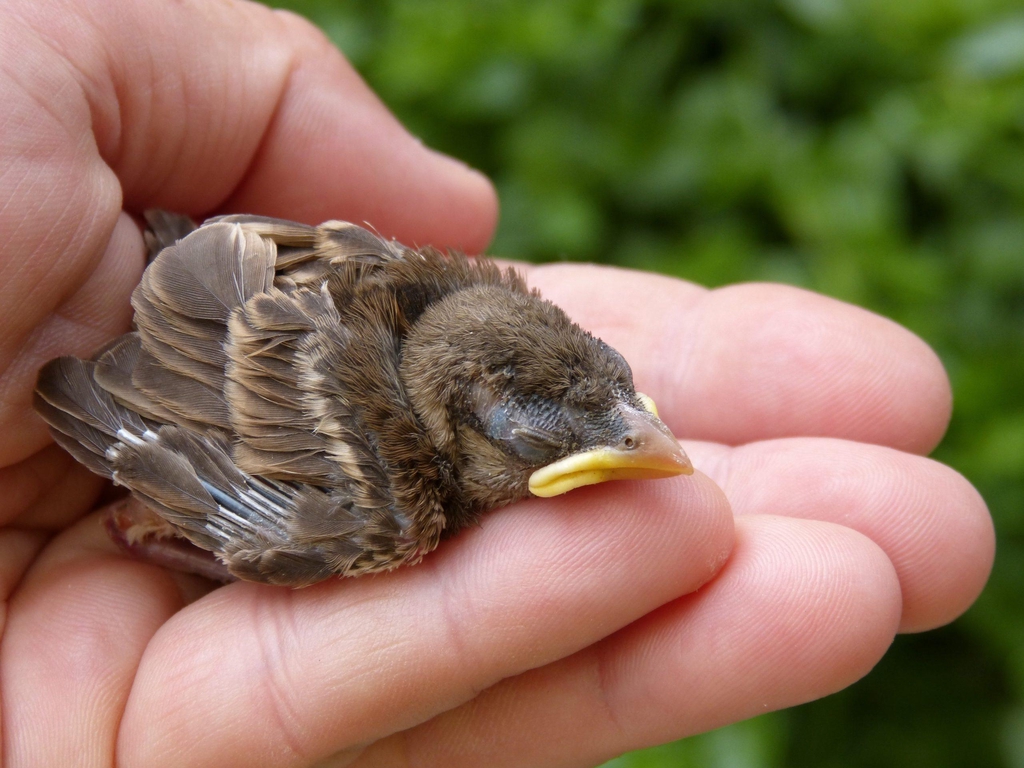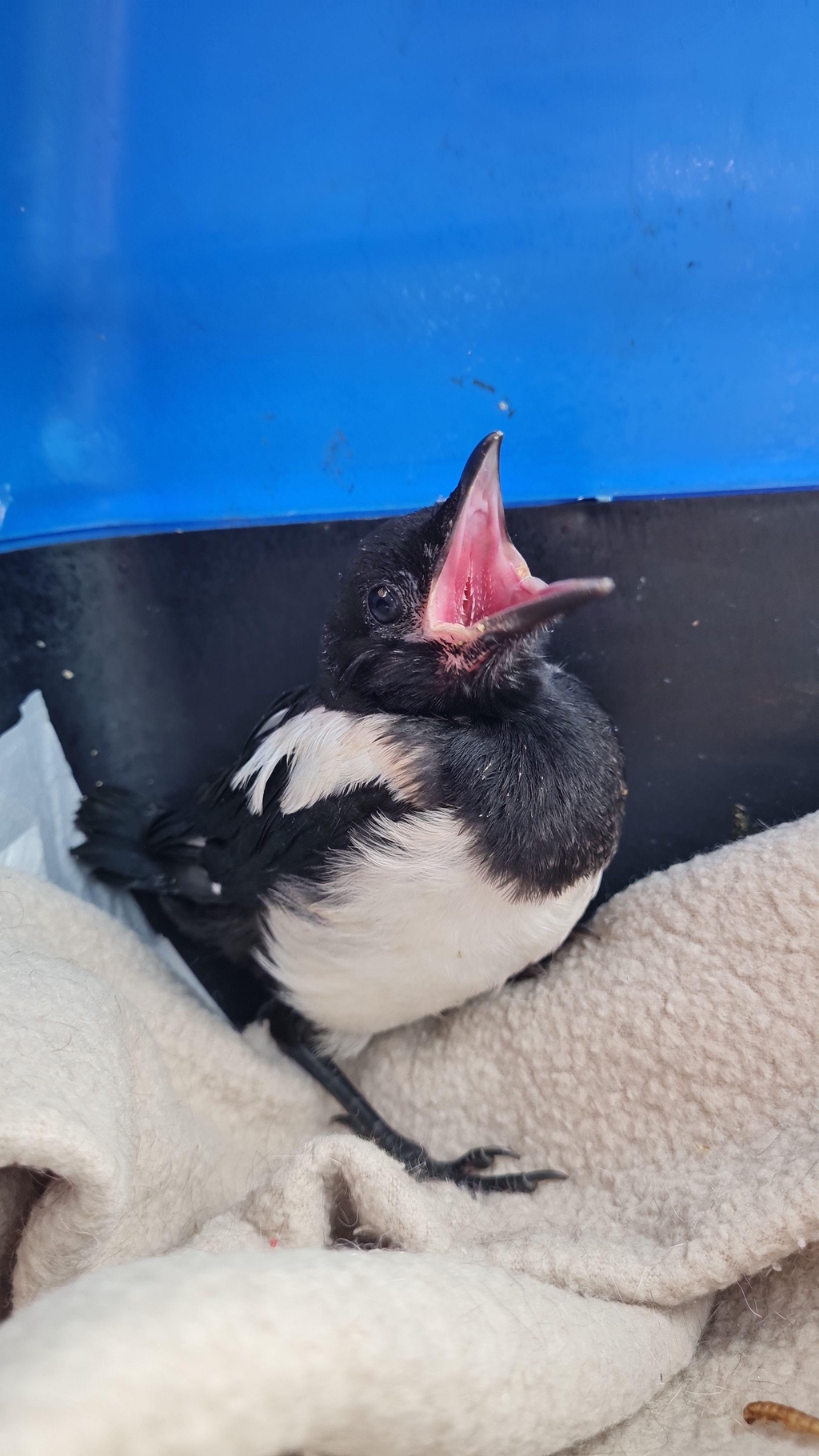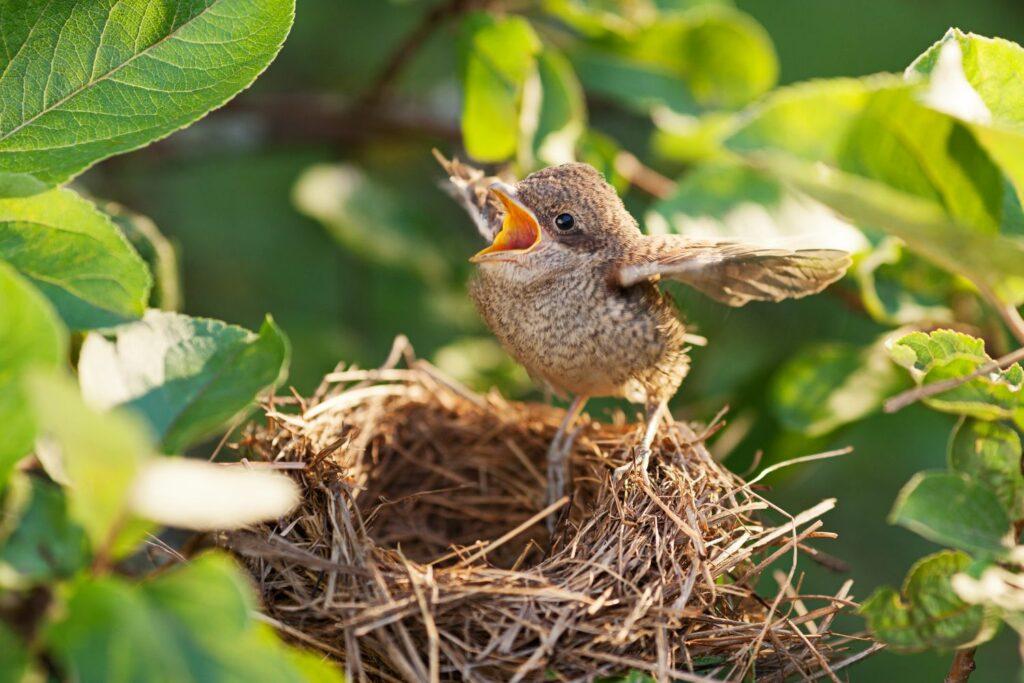Fledglings
It's that time of year where we often see fledglings (baby birds) out and about on their own, usually unable to fly. In practice, this is something we are regularly called about as members of the public are naturally concerned for them. In most cases, fledglings should be left alone. Wildlife organisations take them in under good intentions but sadly it can be more damaging than helpful. Here are some facts and information about these birds you may see during the Spring months:
- If you see a bird without feathers and they are out of their nest, gently put them back into their nest. It's a common misconception that once they've been handled, they are rejected by their parent/s - this is untrue. If you cannot see a nest, keep an eye on the bird, their parents are likely to be along soon.
- If the bird has some feathers (fluffy with short tails), they aren't as vulnerable but they do still rely on their parents for food so it's likely the parents aren't far away.
- If it has feathers, it is a fledgling. It is NORMAL for a fledgling to spend a few days on the ground and they should be left alone unless they are in immediate danger. The parents will be somewhere, watching from afar. Keep in mind that your presence may keeping the parents away!
Birds require specialist care. Every breed of bird has different requirements when it comes to housing, nutrition and rehabilition. So it is important that if you are contacting a wildlife rescue organisation, you know they are going to an appropriate rescue who are knowledgable and experienced with birds.
Important facts:
- If you see a young bird on it's own, it doesn't necessarily mean it's alone, it's parents will be watching from a distance
- Your presence around the bird may be preventing the parent from returning
- A young bird alone doesn't mean it's injured or not eating - they're gaining strength, learning to fly and the parent is likely to be hunting for food
IMPORTANT: Removing a fledgling from the wild dramatically reduces it's chance of survival, even if you take it to a wildlife rescue centre/organisation or veterinary practice. Only in extreme cases of injury should birds be taken out of the wild.




